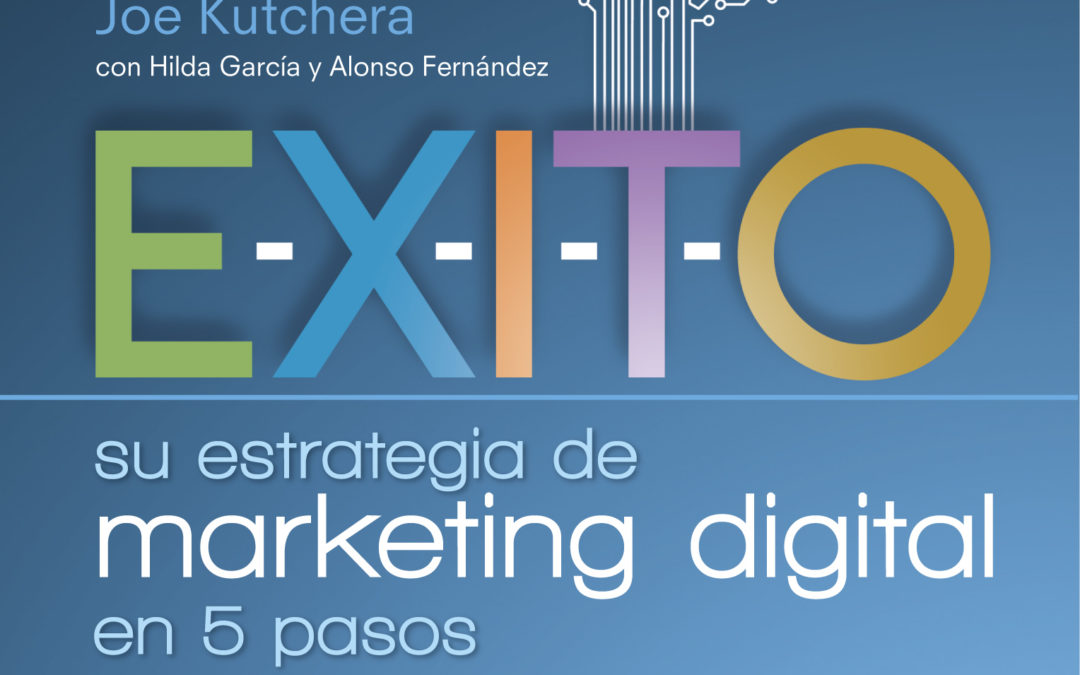This is the first in a series of excerpts from my new book – E-X-I-T-O: Su estrategia de marketing digital en 5 pasos, now in its second printing.
“Marketing is Dead” reads the headline of an article on Harvard Business Review’s blog network, a grim prognosis of what today’s marketing leaders face. The author, Bill Lee, explains that, “Traditional marketing — including advertising, public relations, branding and corporate communications — is dead. Many people in traditional marketing roles and organizations may not realize they’re operating within a dead paradigm. But they are. The evidence is clear.”
Lee provides two reasons why. One, buyers no longer pay attention to traditional marketing communications. They prefer to read product and service information on their own terms, through Internet searches or by reading customer reviews, especially from their friends. And two, CEOs say CMOs lack business credibility.
Ultimately, how can companies or their advertising agencies persuade buyers to spend their hard-earned money on products when employees oftentimes don’t come from the buyer’s world? And what if the interests of the sellers are not aligned with those of the buyers? In other words, traditional marketing in the new world of social media simply doesn’t work.
So, what will replace this broken model?
My new book (in Spanish), co-authored with Hilda Garcia and Alonso Fernandez, outlines a new, “Latinized” 5-step model to answer many questions that marketers need to address today on how to integrate and manage social media in marketing communications planning.
Our 5-step E-X-I-T-O strategic marketing and innovation process spells the word “success” in Spanish and provides marketers with a social media and Latin-inspired framework for creating marketing plans, storytelling strategies, and content development that engages audiences on digital platforms.
The five steps include:
1. E – Escuche a su audiencia (Listen to your audience)
2. X – eXperimente como usuario, a través de “perfiles” (Put yourself in the shoes of the user and write your marketing plan using “personas”)
3. I – Integrate your communication channels
4. T – Transform your audience into a community
5. O – Optimize
We wrote the book and developed this process because of five key trends in marketing communications:
- Digital Innovation and “Agile marketing”: the number of products launched per month is much higher than years ago.
- New technologies, such as smartphones, and social networks have opened new channels of communication with our customers. For example, CMO’s spend more on technology than CTO’s and IT Directors on services such as ad servers, CRM systems, “Big Data” analysis and tools to measure the use of social networks and mobile applications.
- Social networks allow us to listen to our customers and understand user behavior, as we have never had access to before.
- We need to create content and communities to attract and engage our customers. When consumers seek information online, they turn to search engines and ask friends on social networks.
- Lastly, the growing importance of multicultural and Latin American marketing.
To learn more, Dani Escalante, the CEO of the social media consultancy Guik, provides an overview of the book (in Spanish) in this video:
To read or listen to more, download the sample PDF or audio chapters as well as the E-X-I-T-O worksheets, now available for marketing professionals and students at: https://joekutchera.com/e-x-i-t-o/
100% of the author proceeds will go towards the non-profit One Laptop Per Child, which offers laptops, tablets, and educational software to children from low-income communities in Latin America.
This excerpt was first published on Portada.







